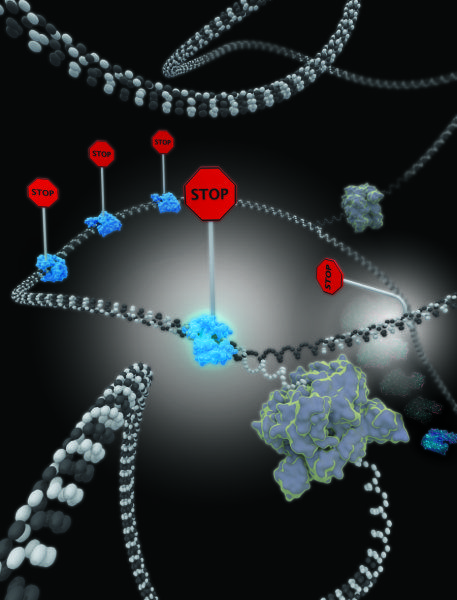A key mystery of the DNA replication process has been unraveled by researchers from King Abdullah University of Science and Technology (KAUST).
Before a bacterium can divide, it must make a copy of its genetic material, the circular DNA molecules that resemble bunched rubber bands, through a process called DNA replication. In this process, the two strands of DNA making up the circular DNA molecule unwind and separate to become templates for generating new strands.
To ensure the process is well regulated, the bacterium has set a number of “roadblocks,” or termination sites on the DNA, to ensure the permanent stoppage of replication forks, Y-shaped structures formed between the strands as the DNA molecule splits.
